
Atlantidae is a family of sea snails, holoplanktonic gastropod molluscs in the clade Littorinimorpha.

Atlanta is a genus of pelagic marine gastropod molluscs in the family Atlantidae. They are sometimes called heteropods.

The Pterotracheoidea is, according to the Taxonomy of the Gastropoda, a taxonomic superfamily of sea snails or sea slugs, marine gastropod molluscs in the clade Littorinimorpha. They are commonly called heteropods or sea elephants.
Retidrillia pruina is a species of sea snail, a marine gastropod mollusk in the family Borsoniidae.
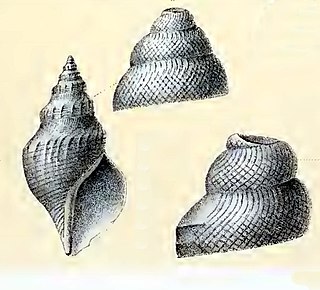
Gymnobela homoeotata is a species of sea snail, a marine gastropod mollusk in the family Raphitomidae.
Pleurotomella papyracea is a species of sea snail, a marine gastropod mollusk in the family Raphitomidae.

Theta chariessa is a species of sea snail, a marine gastropod mollusk in the family Raphitomidae.

Spirotropis aganactica is a species of sea snail, a marine gastropod mollusk in the family Drilliidae.
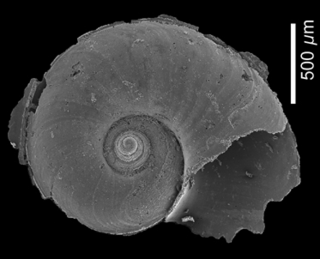
Atlanta brunnea is a species of sea snail, a holoplanktonic marine gastropod mollusk in the family Atlantidae.

Atlanta echinogyra is a species of sea snail, a holoplanktonic marine gastropod mollusk in the family Atlantidae.

Oxygyrus keraudrenii is a species of sea snail, a holoplanktonic marine gastropod mollusk in the family Atlantidae.

Protatlanta souleyeti is a species of sea snail, a holoplanktonic marine gastropod mollusk in the family Atlantidae.
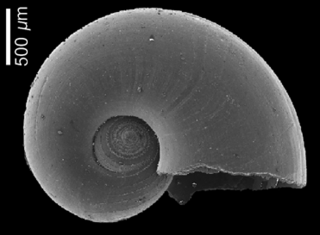
Protatlanta rotundata is an extinct species of sea snail, a holoplanktonic marine gastropod mollusk in the family Atlantidae.

Odostomia rotundata is a species of sea snail, a marine gastropod mollusc in the family Pyramidellidae, the pyrams and their allies.
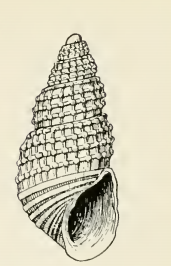
Odostomia cooperi is a species of sea snail, a marine gastropod mollusk in the family Pyramidellidae, the pyrams and their allies.
Turbonilla calvini is a species of sea snail, a marine gastropod mollusk in the family Pyramidellidae, the pyrams and their allies.
Turbonilla carpenteri is a species of sea snail, a marine gastropod mollusk in the family Pyramidellidae, the pyrams and their allies.
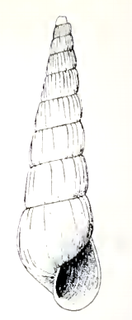
Turbonilla halistrepta is a species of sea snail, a marine gastropod mollusk in the family Pyramidellidae, the pyrams and their allies.

Prothalotia lesueuri, common name Lesueur's top shell, is a species of sea snail, a marine gastropod mollusk in the family Trochidae, the top snails.
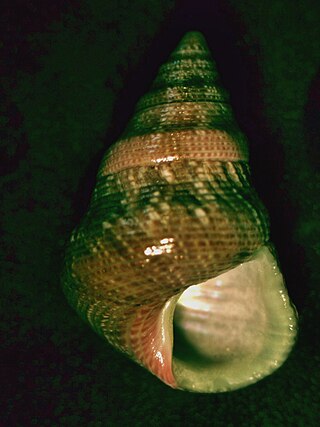
Prothalotia ramburi, common name Rambur's jewel top shell, is a species of sea snail, a marine gastropod mollusk in the family Trochidae, the top snails.

















